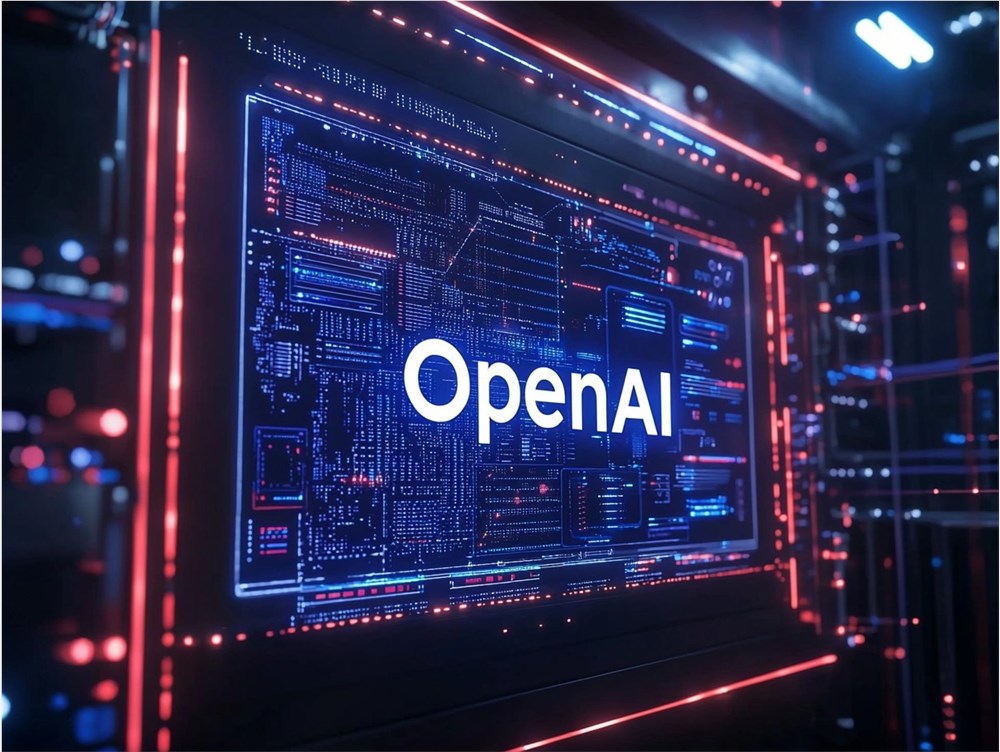The development of OpenAI's next-generation large language model is facing unprecedented challenges. According to reports, the highly anticipated GPT-5 project has fallen far short of its expected goals due to multiple difficulties such as core team talent attrition and data resource bottlenecks, with limited improvements in model performance.
Talent attrition has become one of the key factors hindering the progress of the GPT-5 project. Core R&D team members of OpenAI have been poached by competitors, leading to a shortage of human resources at critical technical milestones. Such talent mobility is not uncommon in the AI industry, but for large model development that requires long-term technological accumulation and team collaboration, the departure of core personnel often significantly impacts project progress.
Data bottlenecks are another major challenge faced by the GPT-5 project. As the scale of large language models continues to expand, the demand for high-quality training data is growing exponentially. However, the availability of high-quality text data resources is gradually becoming scarce, creating a "a skilled cook cannot cook without rice" dilemma for model training. How to continue improving model performance with limited data resources has become a common challenge for the entire industry.

Image source note: The image was generated by AI, and the image licensing service provider is Midjourney
More notably, the Orion model, which was previously highly anticipated by the industry, also failed to meet expectations. Originally considered a candidate version for GPT-5, Orion was downgraded to GPT-4.5 due to performance that did not meet expectations. This adjustment reflects that the technical challenges OpenAI faces during model development are more complex than anticipated.
Although technological development has encountered difficulties, OpenAI has still shown strong performance in the capital market. The company successfully completed a new round of financing worth $8.3 billion, with a corporate valuation reaching a historical high of $300 billion. This valuation level not only reflects investors' confidence in OpenAI's long-term development prospects, but also demonstrates the market's continued belief in the company's fundamental technological capabilities and commercial potential.
From an industry perspective, OpenAI's technical bottlenecks are not an isolated case, but rather a sign that the development of large language models has entered deeper waters. As model parameters continue to grow, the traditional approach of simply increasing computing resources and data volume to improve performance is facing diminishing returns. This has prompted the entire industry to explore more innovative technical paths.
The intensity of the talent competition also reflects the rapid development and significant commercial value of the AI industry. Top AI researchers have become scarce resources that major tech companies are competing for, and frequent talent mobility has become the norm in the industry. For leading companies like OpenAI, how to establish more effective talent retention mechanisms has become a key challenge in maintaining technological advantages.
The scarcity of data resources is pushing the industry to find new solutions. In addition to continuing to explore existing text data resources, technical approaches such as synthetic data generation, multimodal data fusion, and few-shot learning are receiving increasing attention. These innovative directions have the potential to provide new momentum for the continuous development of large language models.
The setbacks in the GPT-5 project remind the industry that the development of large language models may not always follow a linear improvement pattern. Technological breakthroughs often require time accumulation and multiple attempts, and even industry leaders cannot guarantee that each generation of products can achieve significant performance jumps.
From an investment perspective, despite the technical challenges, OpenAI still received a high valuation, indicating that the market remains optimistic about the long-term development prospects of AI technology. Investors seem to believe that the current technical difficulties are temporary, and OpenAI still has the ability to solve these problems and achieve technological breakthroughs again.
For the entire AI industry, OpenAI's experience has important implications. It reveals various challenges that may be encountered during the development of large language models and provides valuable lessons for other companies. How to maintain innovation during technical bottlenecks and how to balance short-term commercial pressures with long-term technological investments are issues that the industry needs to deeply consider.
As AI technology enters a more mature development stage, similar challenges faced by OpenAI may appear in more companies. This will drive the entire industry to explore more sustainable and efficient technical development paths, ultimately promoting the healthy development of artificial intelligence technology.









